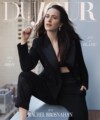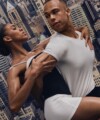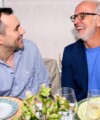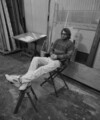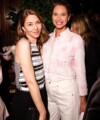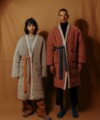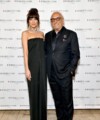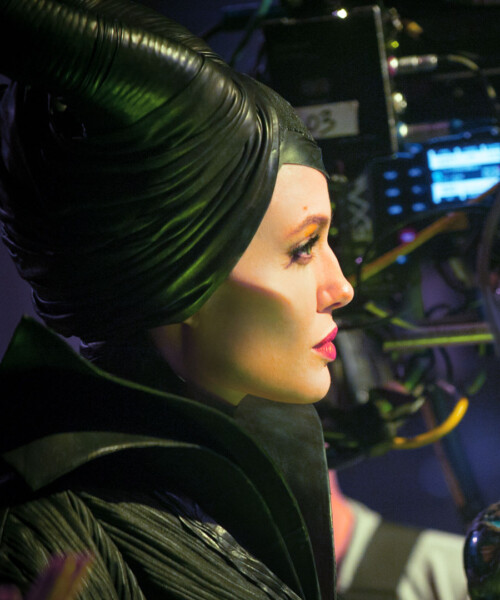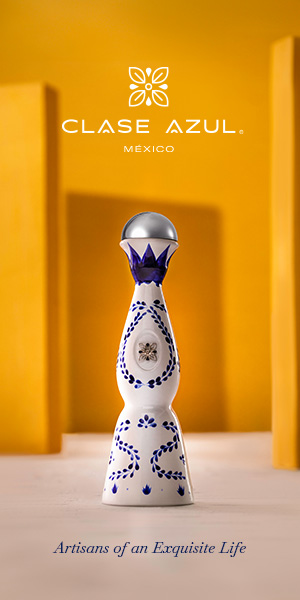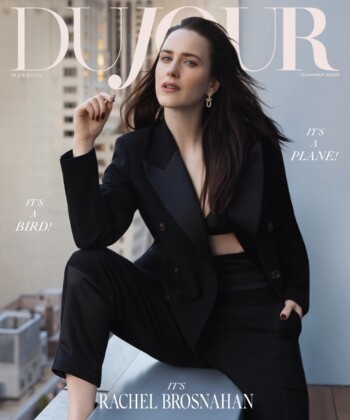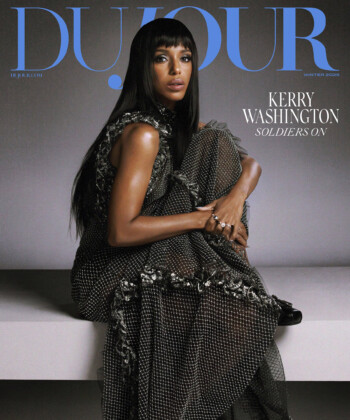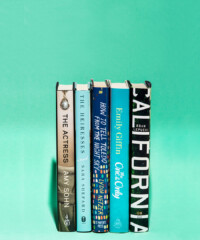Linda Woolverton is no stranger to creating over-the-top characters; after all she is the screenwriter responsible for such enduring hits as The Lion King, Beauty and the Beast and Tim Burton’s Alice in Wonderland. Her latest creation, however, is in a class of its own.

Linda Woolverton
Maleficent, of course, is best known as the evil fairy from the classic Sleeping Beauty. She cursed princess Aurora, terrified the children (and adults) watching and made an all-around bad impression. So, when Woolverton set out to recreate Malficent for an eponymous film—perhaps you’ve heard of it, the movie stars Angelina Jolie and is set to go big at the box office this weekend—she had her work cut out for her.
DuJour caught up with Woolverton to talk about bad guys, working with Angelina and how she makes audiences fall for a woman whose mortal enemy is a baby.
Maleficent isn’t the most obvious choice for a character-based film. What drew you to her?
She’s so delightful and is really the center of the original movie; she’s the most interesting character in it! I thought it would be a fun challenge to turn a villain into a protagonist—I was intrigued by that process.
How do you do that? She’s not exactly likeable.
I had to find a way in, and I didn’t know if there was one. Was it possible to find a rationale for her to curse a baby? I just didn’t know. It had to be huge, whatever happened to her, but how would we get the audience on board with that? I couldn’t really do anything else until I figured that out.
What’s it like to update an iconic villain? This is someone who’s been scaring kids for decades.
It’s a big challenge. The world has changed in the 50 years since the original movie, and hopefully we’re more open to all aspects of womankind, whether they’re good or evil. She’s kind of both. I love the idea of depicting all aspects of her, including the dark and wicked parts, like making a bad mistake in a moment of anger—which we’ve all done—and saying something we can never take back. It’s a much more modern take.
How closely did you work with Angelina, who really had to become this character?
I had written the first draft of the script not knowing she would be involved at all. I’d heard whispers, but I was really just writing the character I had developed. Angelina read that draft and came on board then. From there, we worked together a lot. That was really wonderful because she’s obviously an incredibly talented human being but is also a very talented writer. It was fun to be able to work alongside her and infuse the character with some of her personality. By the time we got around to shooting, she was the character. It made the film that much better.
You’ve written a number of big Disney films. Do you ever develop a formula for what works?
I try not to. Every story calls out for what it needs. I definitely work in a three-act structure and I look at theme and what I want the conversation to be when the audience walks out of the theater.
What do you want that conversation to be in this case?
Really, the feeling I want people to walk away with is that there are so many different kinds of love, not just romantic love. And they can all be equally powerful. Also, you can come back from something horrific that happens. You might fall, but you can always get up again.
MORE:
Maleficent’s Makeup Team on Working With Angelina Jolie
From Screen to Stage in Disney’s New Aladdin
Inside Walt Disney’s Secret Apartment





